Table of Contents
What is SEO?

SEO unleashing the Power of Hunt Machines to Drive Organic Success
SEO, or Search Machine Optimization, refers to a comprehensive set of strategies, ways, and practices designed to ameliorate a website’s visibility and ranking on Hunt Machine Results runners( SERPs). It plays a pivotal part in digital marketing by adding organic( overdue) business, enabling businesses and individualities to connect with their target followership effectively.
By optimizing colorful aspects of a website, SEO for e commerce ensures that it aligns with hunt machine algorithms, making it easier for implicit guests or druggies to discover your content when searching for applicable terms. This process is essential for driving quality business, enhancing stoner engagement, and eventually achieving business objects similar as supereminent generation, deals, or brand mindfulness.
1. What Is SEO for E-Commerce?
SEO for e-commerce refers to the process of optimizing your online store to rank advanced in hunt machine results runners( SERPs) for applicable keywords. This is done by enhancing both the specialized structure and content of your website to make it more seductive to hunt machines like Google. The thing is to increase visibility, attract further organic business, and ameliorate conversion rates by icing your point ranks advanced for hunt terms that implicit guests are laboriously searching for.
Effective SEO for e-commerce involves optimizing multiple aspects of your online store, from product runners to order rosters, images, and indeed the checkout process. When done right, SEO can ameliorate stoner experience, drive organic business, and eventually, increase deals.
2. Why SEO for E-Commerce Is Essential
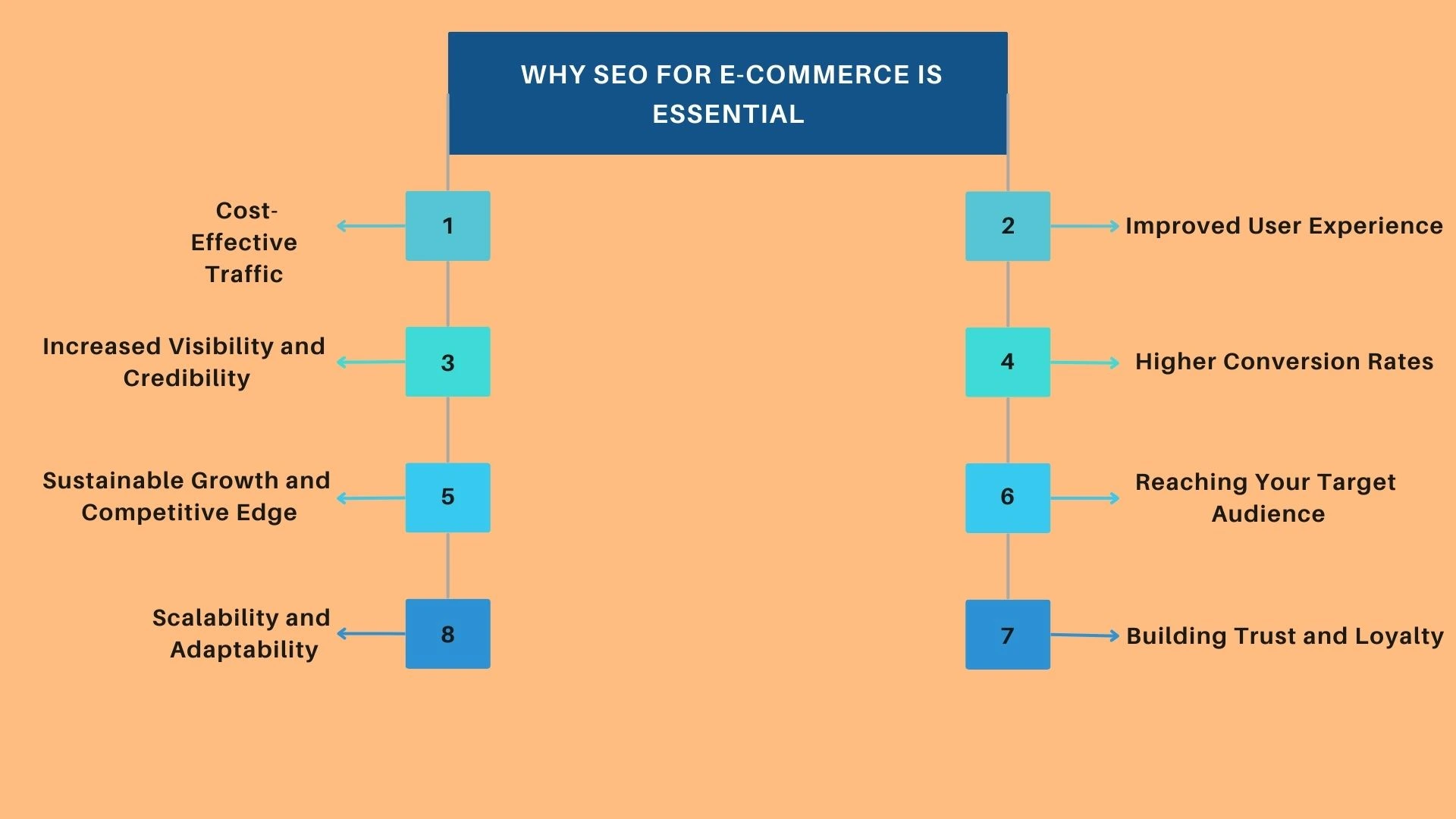
Unlock Online Success Why SEO forE-Commerce IsNon-Negotiable in moment’s Digital World
In the crowded world of e-commerce, standing out is more challenging than ever. With countless options just a click away, customers can easily bypass your store if it isn’t optimized for search engines. This makes SEO for e-commerce a vital tool for attracting and retaining customers. Here are several compelling reasons why investing in e-commerce SEO is essential:
1.Cost-Effective Business
Unlike paid advertising, which requires a nonstop budget to maintain visibility, organic business driven by SEO offers a sustainable and cost-effective result. Once your website achieves strong rankings, you can attract a steady sluice of implicit guests without the recreating expenditure of pay- per- click( PPC) juggernauts. This means a better return on investment( ROI) and further room to reinvest in other areas of your business.
3.bettered stoner Experience
SEO is n’t just about pleasing hunt machines it’s also about creating a flawless and pleasurable experience for druggies. A well- optimizede-commerce website loads briskly, features intuitive navigation, and presents content that directly addresses stoner requirements. When guests can snappily find what they’re looking for, they’re more likely to stay, explore, and eventually make a purchase.
3.Increased Visibility and Credibility
In the vast ocean of e-commerce websites, being visible is half the battle. Appearing on the first runner of hunt machine results not only increases your store’s exposure but also establishes credibility. Consumers trust hunt machines to deliver the stylish options, so ranking advanced signals to druggies that your store is a secure and dependable choice.
4.Higher Conversion Rates
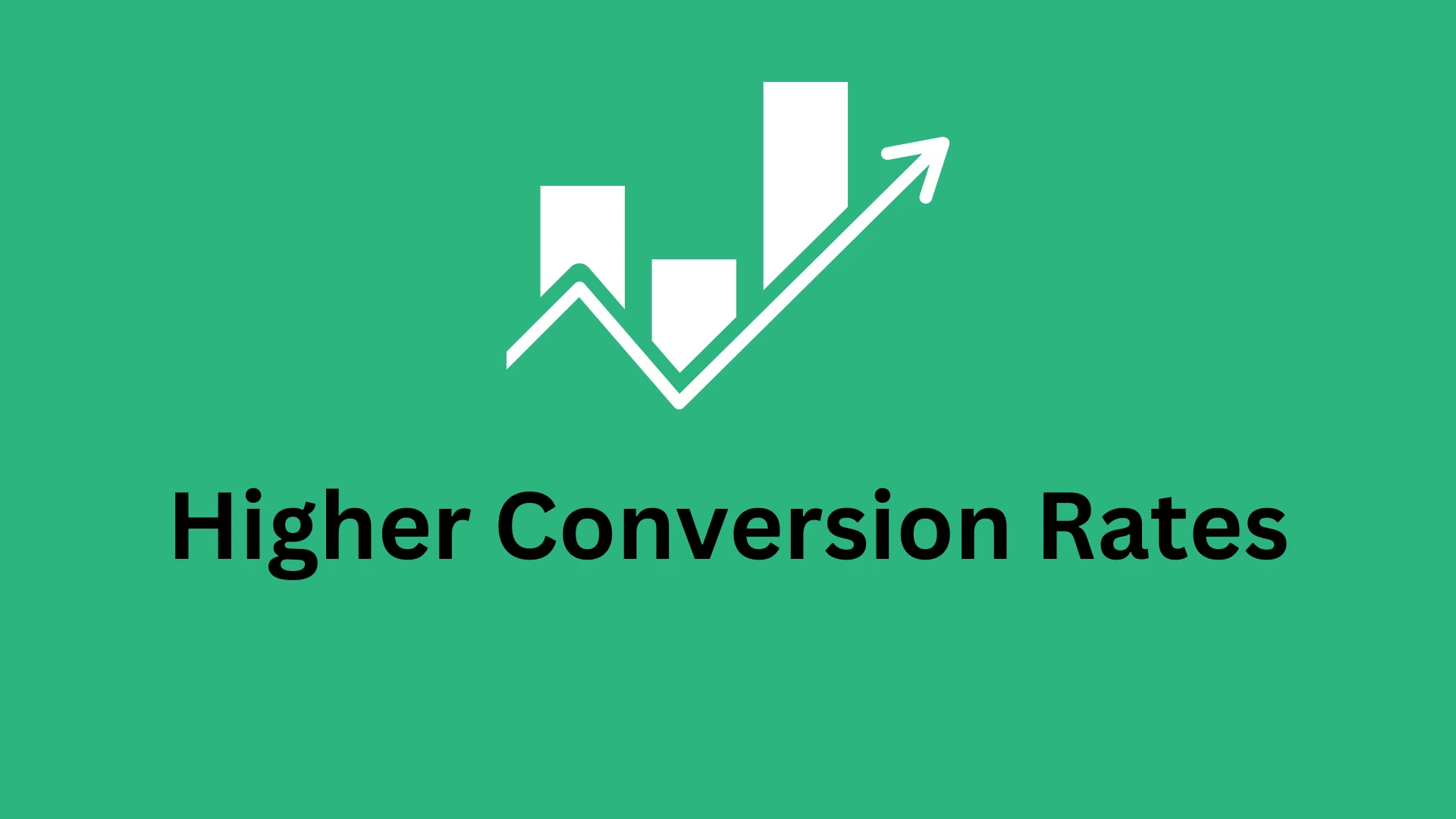
Driving Results Strategies to Achieve Advanced Conversion Rates to seo for e-Commerce
Driving business to your website is only half the thing; turning that business into paying guests is where SEO truly shines. By targeting high-intent keywords — terms that shoppers use when they’re ready to buy — and optimizing your product descriptions, images, and CTAs( calls to action), you can boost conversion rates significantly.
5.Sustainable Growth and Competitive Edge
While paid advertising can induce quick results, the benefits stop as soon as the budget runs out. SEO, on the other hand, delivers long- term growth. A well- executede-commerce SEO strategy allows you to stay ahead of challengers by constantly landing organic business and structure brand authority. This sustained growth gives you a distinct advantage over challengers counting solely on short- term marketing tactics.
6.Reaching Your Target followership
SEO helps you reach the right guests at the right time. By understanding hunt intent and targeting the right keywords, you can insure your content aligns with what your implicit guests are laboriously searching for. Whether it’s instructional blog posts or optimized product runners, SEO allows you to conform your messaging to your followership’s requirements.
8.Scalability and Rigidity
SEO for E-commerce is a strategy that grows with your business. As your product roster expands or new trends crop , you can acclimatize your SEO approach to subsidize on openings. Whether you’re a small exchange or a large online retailer, SEO is flexible enough to meet your unique pretensions.
8.Building Trust and fidelity
Beyond attracting new guests, SEO also helps you make long- term connections with being bones
. High- quality content, similar as product attendants, reviews, and how- to papers, positions your brand as an expert in your assiduity. This not only encourages reprise visits but also fosters trust and fidelity among your client base.
3. Key Components of SEO for E-Commerce
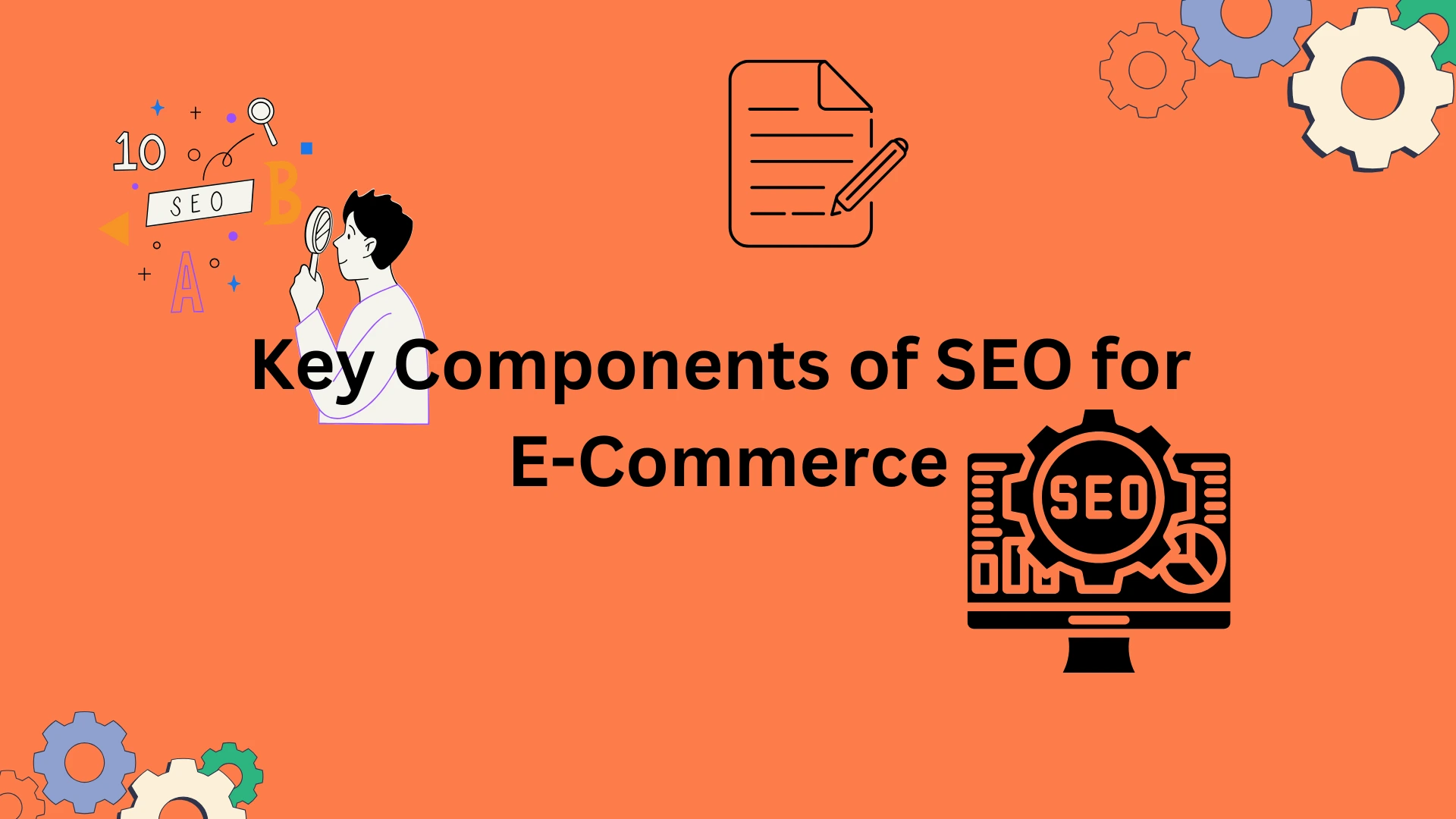
structure Blocks of Success Key Components of SEO forE-Commerce
To effectively apply SEO fore-commerce, it’s important to understand the crucial factors that make up a successful SEO strategy. Let’s break down the essential rudiments:
Keyword Research
Before diving into optimization, thorough keyword research is crucial. This is one of the first and most important steps in SEO for e-commerce. By identifying the search terms and phrases your potential customers are using, you can create content and optimize product pages to target these keywords.
- Target User Intent: Focus on user intent — what are people actually searching for? Understand whether they are in the awareness, consideration, or decision phase of their buying journey.
- Use Tools for Research: Use tools like Google Keyword Planner, SEMrush, and Ahrefs to discover relevant keywords for your products. Find keywords that have high search volume but relatively low competition, as they offer the best opportunities for ranking.
- Long-Tail Keywords: Focus on long-tail keywords that are more specific and have less competition. For example, instead of targeting “shoes,” target “men’s running shoes size 10.” Long-tail keywords often convert better because they are more specific and reflect user intent more accurately.
- Local Keywords: If your business serves specific geographic areas, don’t forget to optimize for local keywords. For example, if you sell shoes in New York, targeting “New York running shoes” can help attract local customers.
On-Page SEO
On-page SEO refers to the strategies that improve individual pages on your website. Here’s how you can optimize product pages for SEO for e-commerce:
- Title Tags and Meta Descriptions: Write compelling title tags and meta descriptions that include relevant keywords. These will appear in search engine results and encourage users to click on your link. Keep title tags under 60 characters and meta descriptions under 160 characters for optimal display in search results.
- URL Structure: Ensure URLs are clean and descriptive. Use keywords where possible (e.g., yourstore.com/blue-running-shoes). Avoid using long, complex URLs, as they can confuse both users and search engines.
- Product Descriptions: Write unique and informative product descriptions. Don’t just copy the manufacturer’s text — add value by explaining the features, benefits, and uses of the product. Use relevant keywords naturally in the descriptions, but avoid keyword stuffing, as it can lead to penalties.
- Image Optimization: Use descriptive filenames and alt text for product images. This helps search engines understand what the image is about, improving your chances of appearing in image search results. Compress images to ensure fast loading times.
- Internal Linking: Use internal links to guide users to related products, categories, or blog posts. This improves user experience, helps distribute link equity across your site, and aids search engines in crawling your pages more efficiently.
- Rich Snippets and Schema Markup: Implement schema markup for products, reviews, and ratings. This can help your products stand out in search results and may increase click-through rates (CTR).
Technical SEO
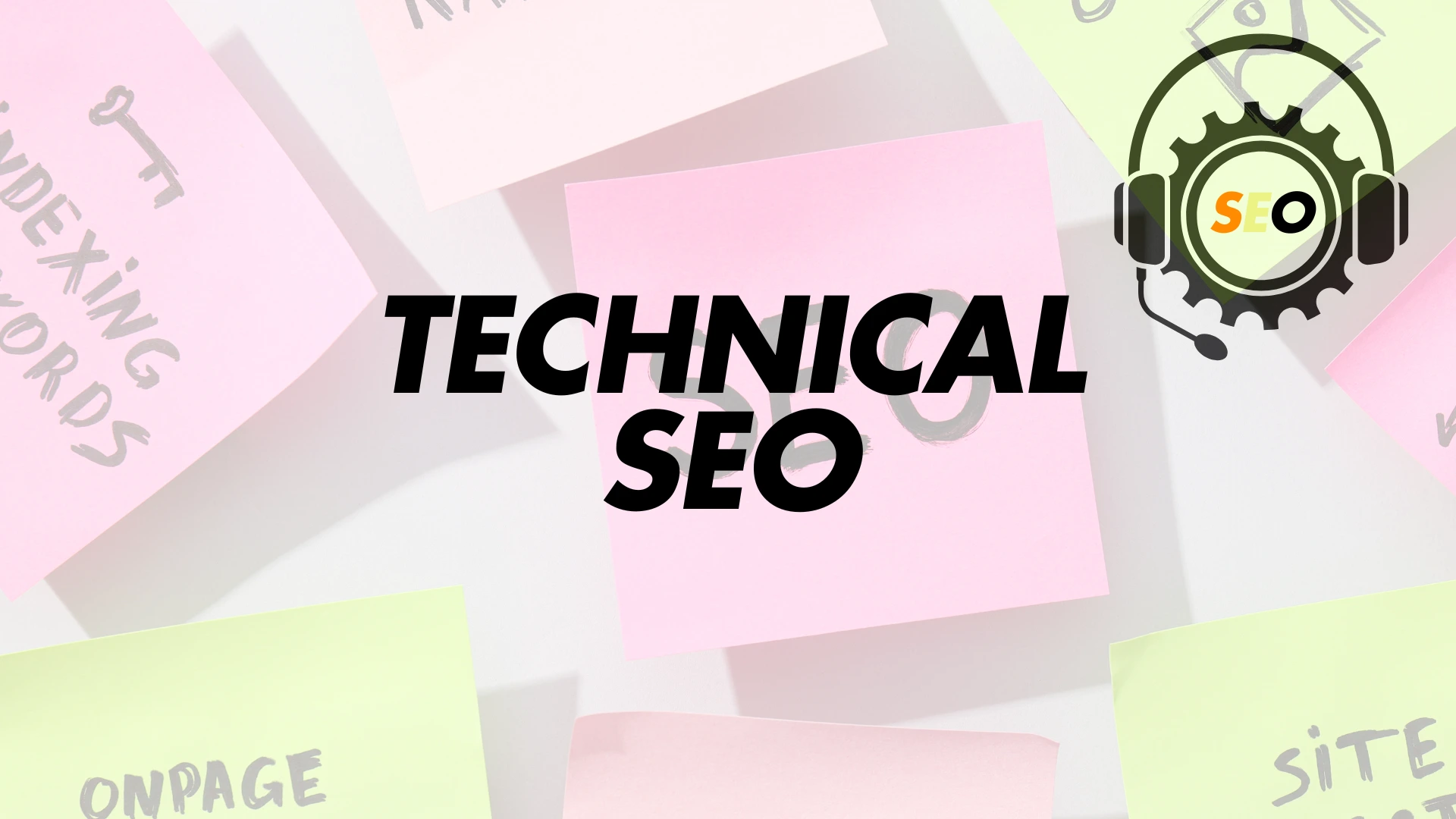
Mastering Technical SEO: The Foundation for seo for e-Commerce Success
Technical SEO involves making the website friendly for search engines and ensuring an excellent user experience. Focus on the following:
- Page Speed: Fast loading times are extremely vital for the end user and search engines alike. Slow sites generate high bounce rates, which always hurt rankings. Use tools such as Google PageSpeed Insights to verify and improve the speed of your site.
- Mobile Friendliness: More people are shopping on mobile devices, so it is necessary that your website is fully optimized for mobile. This is a ranking factor for Google, and a responsive design is major. Test your site on various devices to make sure it’s fully functional.
- SSL/HTTPS: Ensure that your website is on HTTPS. Google loves secure websites, thus giving them favorable rankings. SSLs encrypt data between the user and the server, which helps build trust and security.
- Crawling: The website should be well-crawled by search engines. Use a clean XML sitemap and a well-structured robots.txt file to help search engines crawl and index your pages. Fix any crawl errors to make sure your pages are properly indexed.
- Broken Links: Run your website for broken links from time to time, as they might damage the user experience, not to mention harm your SEO. Use Screaming Frog for finding broken links and fix them as soon as possible.
Content Strategy
- E-commerce heavily relies on SEO for which content marketing plays a major role. It drives organic traffic to your site by way of creating something valuable, relevant, and optimized.
- Blogs: Create a blog that houses useful content relative to your products or industry. This will include posting for frequently asked customer questions, product guides, and exploring trends in the industry. Content which speaks to pain points can help you amply your organic traffic.
- Product Reviews: Request customers to review your products. Yes, reviews are a means to up your credibility and trust, but they provide unique content that works to help you in the e-commerce world with SEO. User-generated content is another great signal for relevance and more often than not helps improve ranking.
- Videos and Infographics: Videos can engage while infographics make complex information easily digestible. Use them to complement product descriptions for a richer experience. YouTube is the second most used search engine in the world, so optimizing videos for SEO can also drive extra traffic to your e-commerce site.
4. How to Optimize Product Pages for SEO
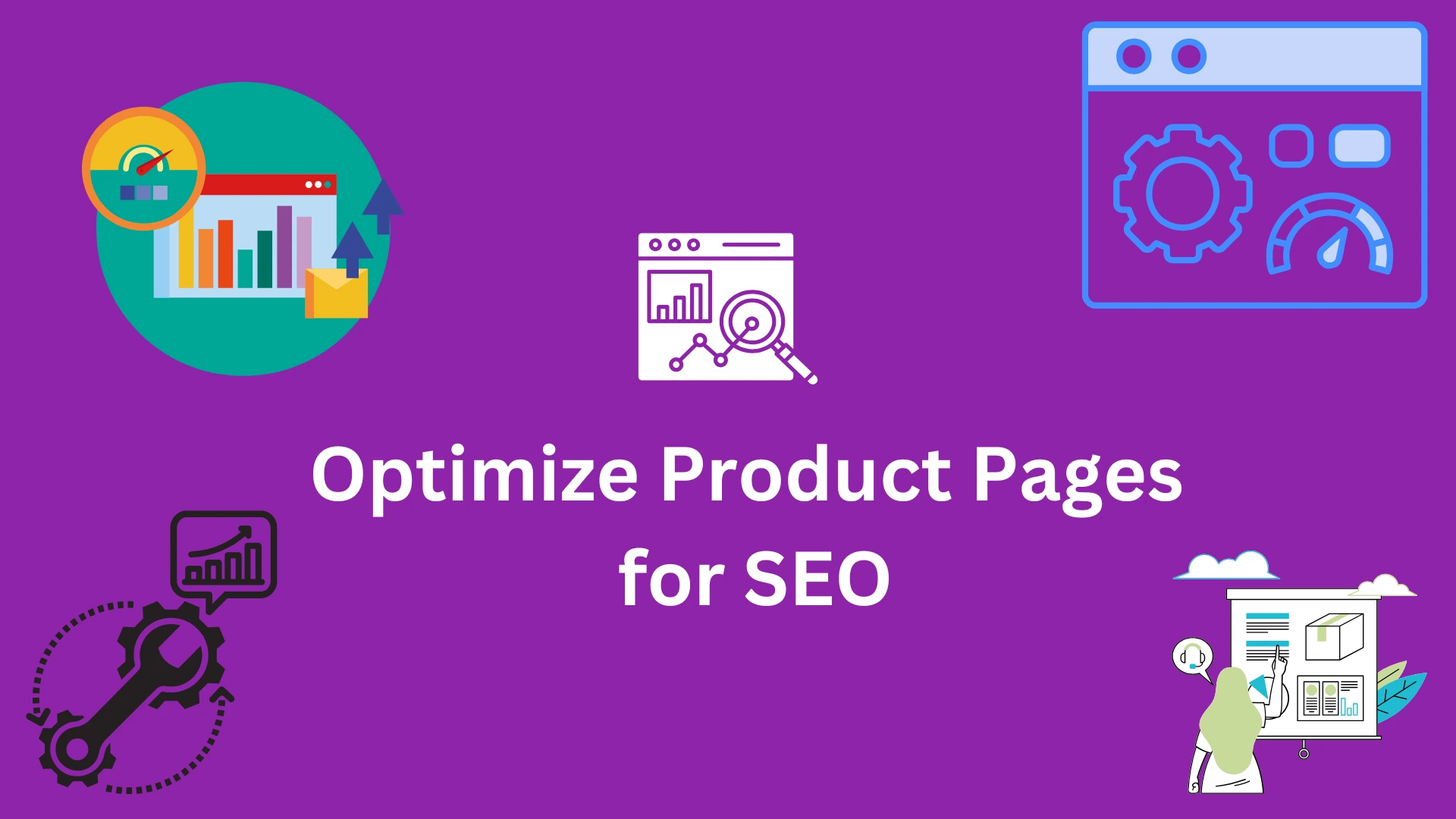
Maximize Visibility and Conversions: How to Optimize Product Pages for SEO for e-commerce
The product pages are the most important pages of your e-commerce site regarding SEO for e-commerce. Here is how you can optimize them:
- Unique and Keyword-Rich Descriptions: Avoid duplicate content by writing unique product descriptions. Keep in mind to use targeted keywords naturally within the text for their potential ranking in the search results.
- High-Quality Product Images: It is necessary to include multiple images taken from different angles of the product. Adding alt text to each image with keywords relevant to the image will also optimize it for image search results.
- Schema Markup: Do schema markup in a way that your search results will also be able to display further information such as reviews of the product, price, and availability, hence increasing visibility on search results.
- Customer Feedback and Ratings: Positive feedback will help in boosting your conversion rate, adding a valuable chunk of content for SEO. Customer reviews increase credibility and will get your site rated too.
5. Mobile Optimization for E-Commerce SEO
With mobile making up a large portion of online sales, optimizing your website for mobile is key. Here’s what you can do:
- Responsive Design: Make sure your website design is adapted to different screen sizes without compromising your website’s functionality. With responsive design, users will get a seamless interface across devices.
- Mobile-First Indexing: As Google gives much more importance to mobile-friendly websites, optimize your website for search engines. Test your mobile version using the Google Mobile-Friendly Test tool.
- Fast Loading Times: Mobile users are used to fast loading, so on mobile devices, speed optimization needs to be front and center. Compressed images and minified code are some of the ways to enhance the loading speed on mobile.
6. Link Building and Its Role in E-Commerce SEO
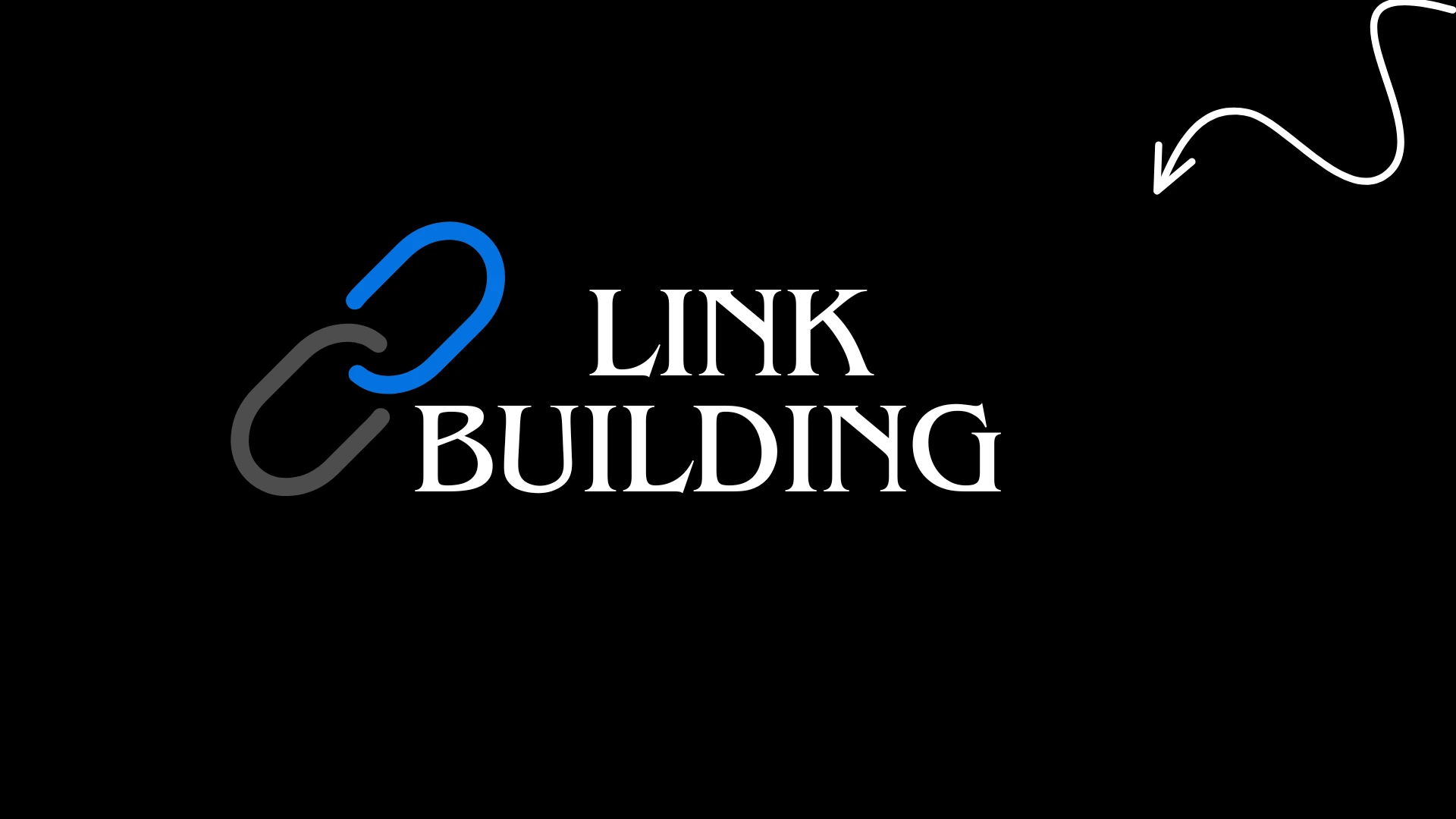
Connecting for Success: The Critical Role of Link Building in SEO for E-Commerce
Link building is a crucial element of any successful SEO strategy for e-commerce. High-quality backlinks from authoritative sites will help boost the credibility of your site and improve its rankings. Here’s how to do link building properly:
- Guest Blogging: This will involve you guest blogging for other industry-related blogs and allowing backlinks to your product pages. This will drive traffic and improve the authority of your site.
- Influencer Collaboration: Partner with influencers for backlinks and exposure to your e-commerce store. Influencers having huge followers can help reach out to more audiences.
- Social Sharing: Even though this isn’t a direct ranking factor, the social signals mean sharing your content drives backlinks and visibility more. Share in-store items, as well as your blog posts on Instagram, Facebook, and Twitter.
7. E-Commerce Performance Enhancement with SEO Analytics
SEO analytics tools, such as Google Analytics, will be important in measuring the success of your SEO for e-commerce Maximus strategy. Utilize these tools to:
- Monitor the performance and user interaction with your site for continued growth.
- Provide continuous watch on keyword rank tracking and organic traffic, focusing on building improved visibility among high-value keywords.
- Observe your site’s users and analyze their behaviors to identify ways of enhancing your website’s conversion rate.
- Identify pages with high bounce rates or low conversion rates and optimize them.
Continuously observing and analyzing and Maximus your Seo for e-commerce will put you in a better position where you can make informed decisions with data to take your website’s performance toward sustainable success.
8. E-Commerce Common SEO Mistakes to Avoid
While SEO for e-commerce can do much to boost the performance of your store, there’s always room for errors. Here are some common ones you should avoid:
- Ignoring Mobile Optimization: As mobile shopping continues to rise, ensuring your site is mobile-friendly is essential.
- Using Duplicate Content: Using duplicate product descriptions can negatively affect your SEO. You should create unique content for each page.
- Overstuffing Keywords: Though keywords are crucial, using them excessively results in keyword stuffing, which has a negative effect on your rankings.
- Neglecting User Experience: A bad user experience will cause high bounce rates, hurting your rankings. Ensure your site is very user-friendly and loads fast.
9. Future Trends in SEO for E-Commerce
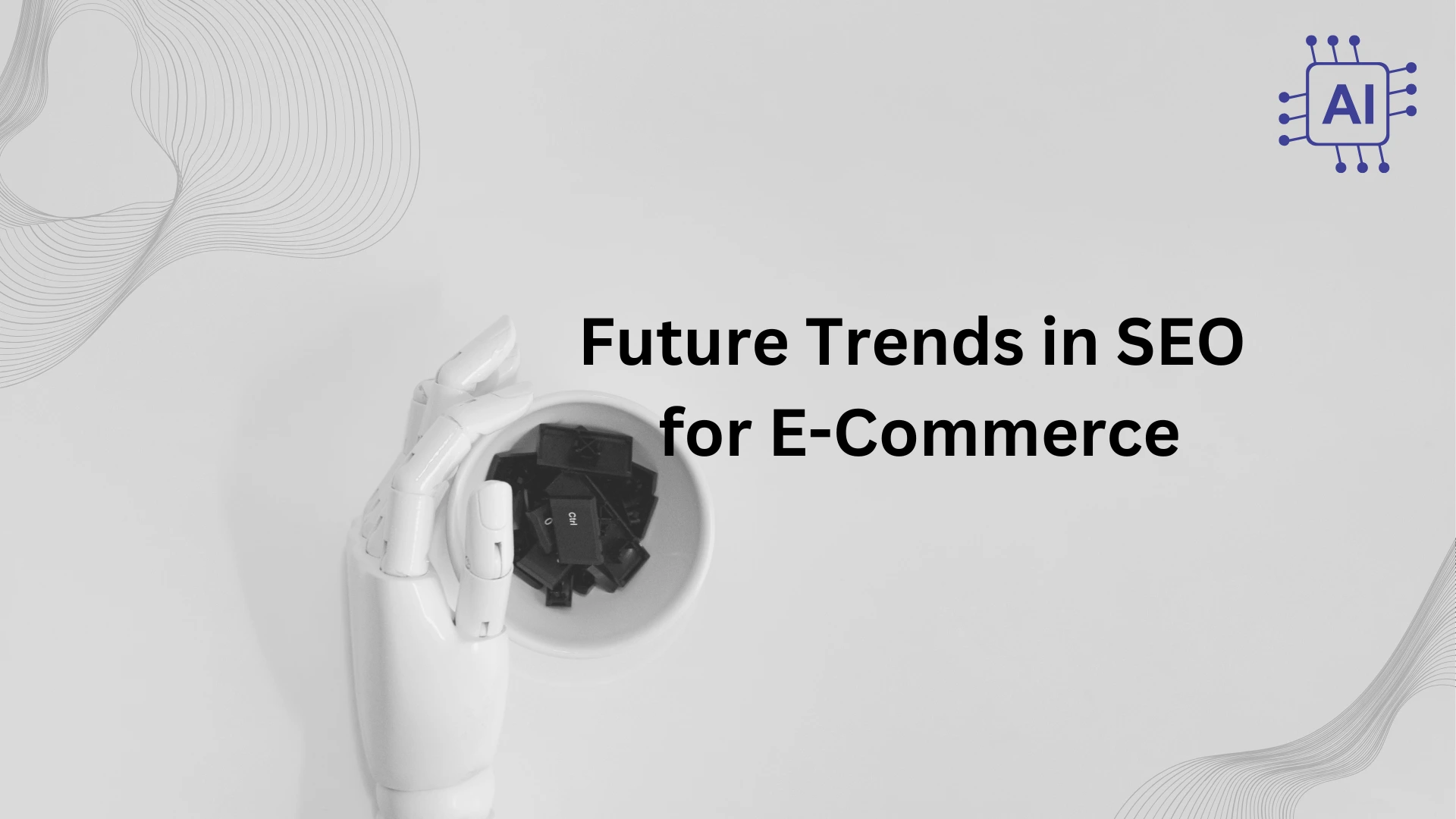
Staying Ahead: Emerging Future Trends in SEO for E-Commerce
1. Voice Search Optimization
Voice searches are rapidly changing the way users interact with search engines. Searches via virtual assistants like Alexa, Siri, and Google Assistant are more likely to be longer and more conversational. Move with the times by optimizing your content for natural language and question-based keywords. Target your long-tail keywords and craft concise, actionable answers to common customer questions. Structured data and FAQ pages can also help visibility in voice search results.
2. AI and Machine Learning
Search engines have begun to tap into the power of AI and machine learning to better understand what users actually mean. Google algorithms, such as BERT and MUM, are all about good quality and relevance of context within the content. To be successful, one must create content that addresses user pain points, offers complete solutions, and caters to the search intent. Moving into the future of SEO for e-commerce, expect more emphasis on personalized recommendations and AI-powered product discovery.improve your seo for e-commerce.
3. Video Content Optimization
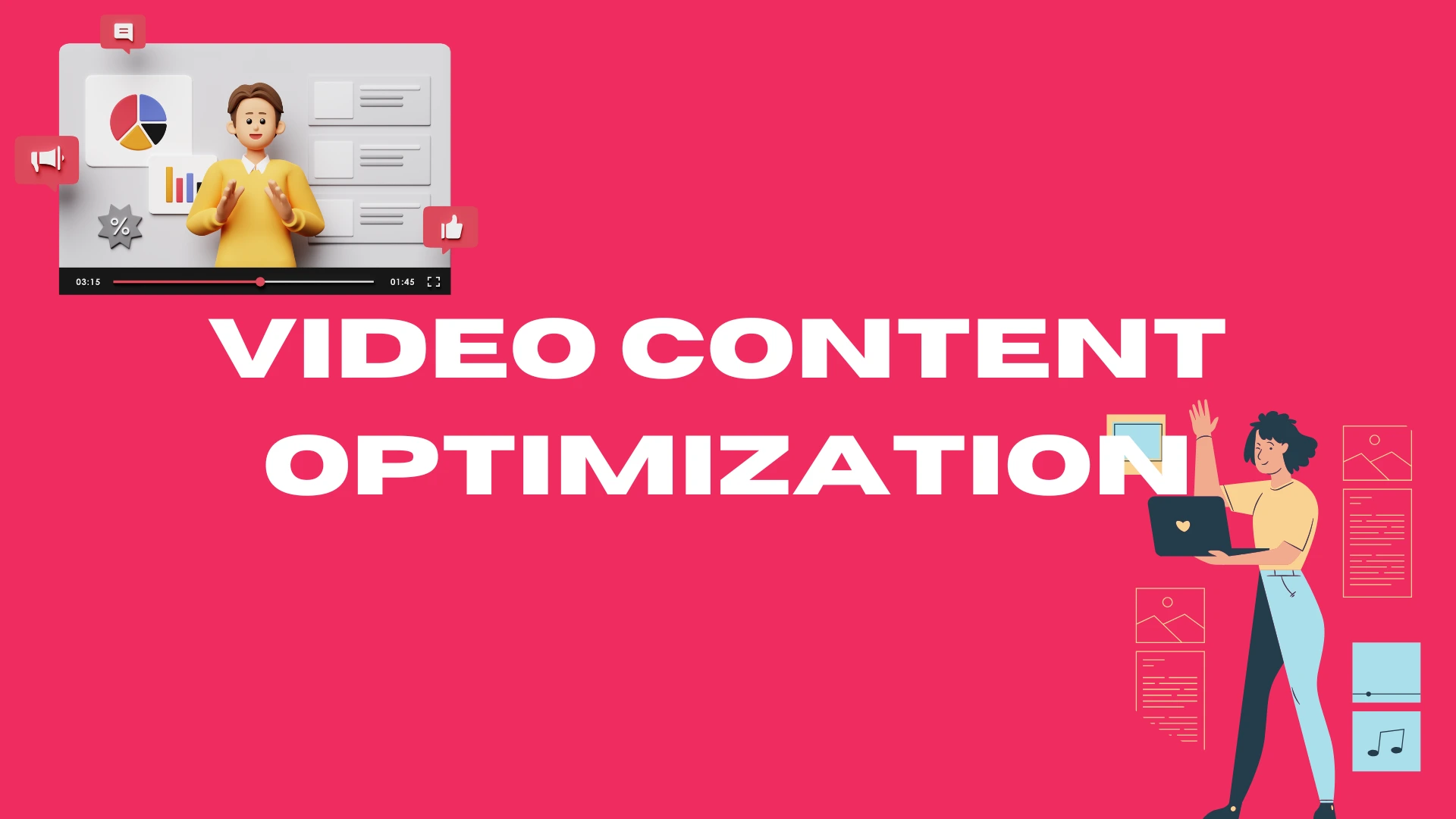
Maximize Engagement: Effective Video Content Optimization seo for E-Commerce
Video content reigns supreme, as it’s an amazingly engaging medium through which a product can be showcased, tutorials delivered, or customer reviews shared. Search engines heavily favor video in results, especially on platforms like YouTube, which doubles as a search engine. Optimize your video titles, descriptions, and thumbnails for relevant keywords. Adding video transcripts and ensuring fast loading speeds will elevate your e-commerce SEO to the next level.
4. Mobile-First Indexing and User Experience (UX)
With Google focusing on mobile-first indexing, optimizing your e-commerce store for mobile devices is critical. Ensure your website is responsive, fast-loading, and easy to navigate on both smartphones and tablets. A seamless mobile experience not only boosts your rankings but also enhances user engagement—leading to higher conversions
5. Visual Search
Visual search is on the rise, enabling users to find products using images instead of text. Platforms like Pinterest and Google Lens are paving the way for visual search integration in e-commerce. Optimize product images with descriptive alt text, high resolution, and proper file naming to make the most of this growing trend.
6. Sustainability and Ethical Practices
More and more consumers are drawn to brands that prioritize sustainability and ethical practices. Incorporating eco-friendly products or showcasing your business’s green initiatives in your content can improve your SEO. Dedicated pages or blog posts on sustainability resonate with environmentally conscious shoppers while boosting your search engine rankings.
7. Enhanced Personalization with Data

Unlock Growth: Leveraging Data for Enhanced Personalization in E-Commerce
AI-powered tools and analytics enable a higher level of personalization. Tailor your product recommendations, email campaigns, and landing pages based on user behavior and preferences. Personalized experiences not only improve engagement but also align with search engines’ focus on user satisfaction.AI helps to power your seo for e-commerce.
8. Local SEO for E-Commerce
As e-commerce continues to be interwoven into local shopping experiences, the need for optimization of local SEO intensifies. “Buy Online, Pick Up In-Store” and location-based/in-store product searches rely on functionality that drives this observation. Make sure your store listings are accurate, include keywords with localization, and that Google My Business is leveraged for better visibility.
Stay ahead of the emerging trends, and in doing so, future-proof your seo for e-commerce strategy to position your business for success in the ever-changing digital landscape.
10. Conclusion
Therefore, Seo for e-commerce Maximus is not an option but a requirement that each online store needs in order to exist and win the race in today’s highly competitive digital environment. Such a proper SEO strategy, targeted at the very core of the business, may disclose huge opportunities that range from driving organic traffic and enhancing visibility to stimulating customer activity and sales.
Technical optimization, quality content, and better user experience are just some of the ways to lay the foundation for long-term success. Remember, Seo for e-commerce Maximus is an ongoing process that evolves with search engine algorithms, user behavior, and market trends. Regular updates, data-driven insights, and consistent efforts are necessary to stay competitive. This can be ensured to remain prevalent and effective upon adoption of emerging trends such as voice search, AI-driven personalization, mobile-first indexing, and visual search. Concentrate on these key areas and implement the strategies identified in this guide to definitely position your e-commerce business for sustainable growth and full realization of potential.
Wrap up with the implementation of Seo for e-commerce Maximus techniques today and see your online store touch unprecedented heights of traffic, engagement, and revenue. Your journey toward digital excellence starts now and boost your seo for e-commerce.


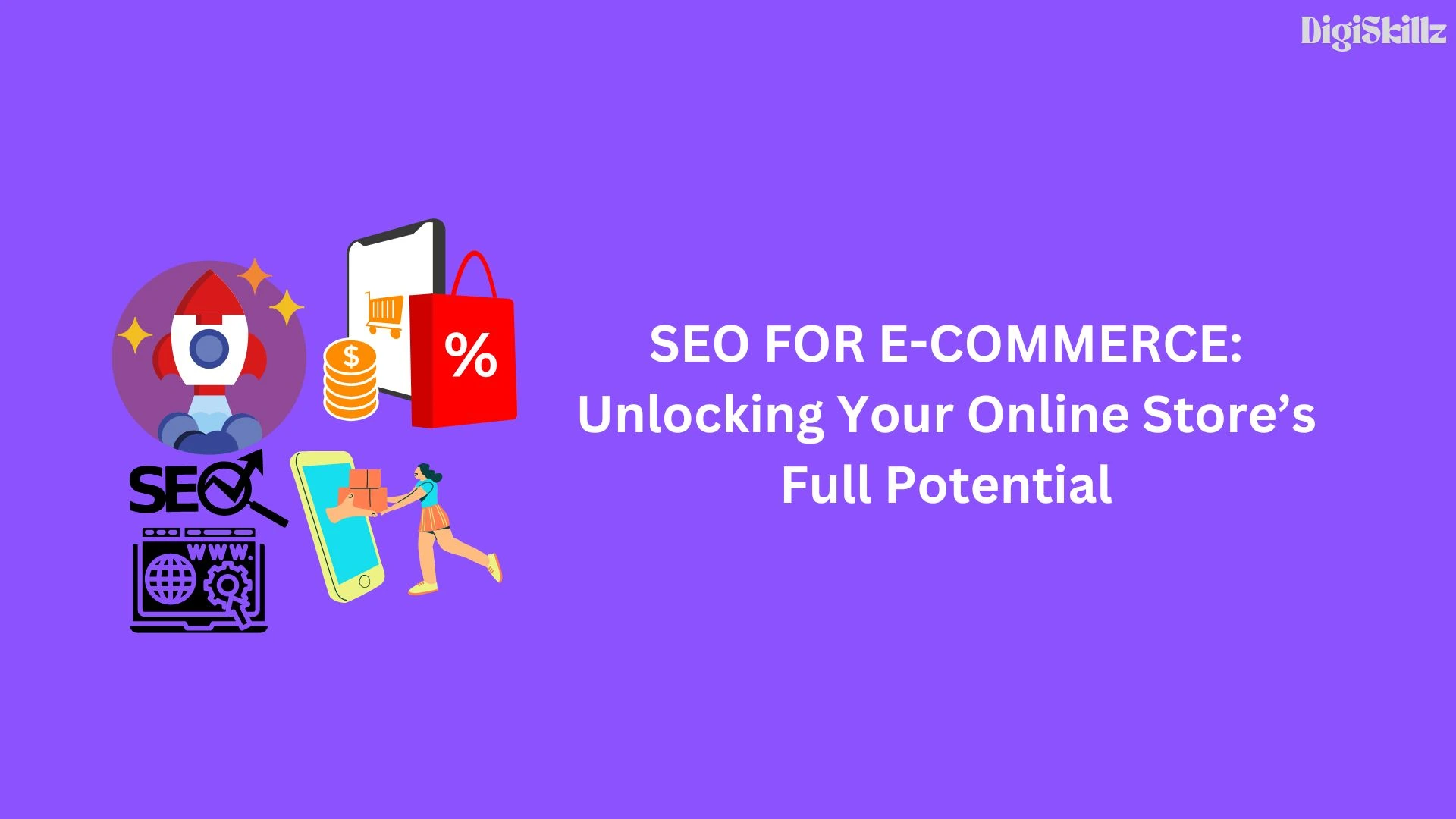



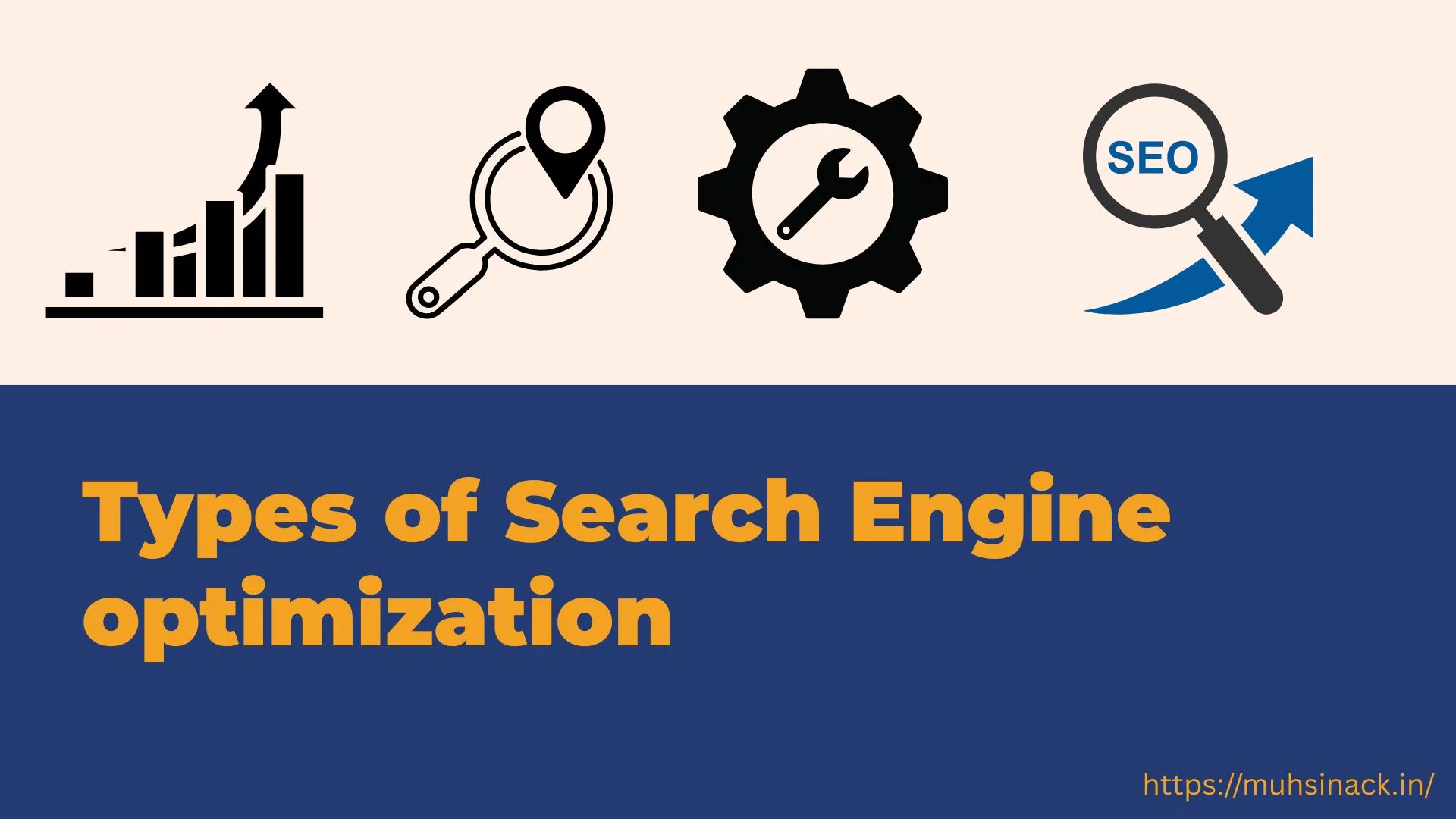
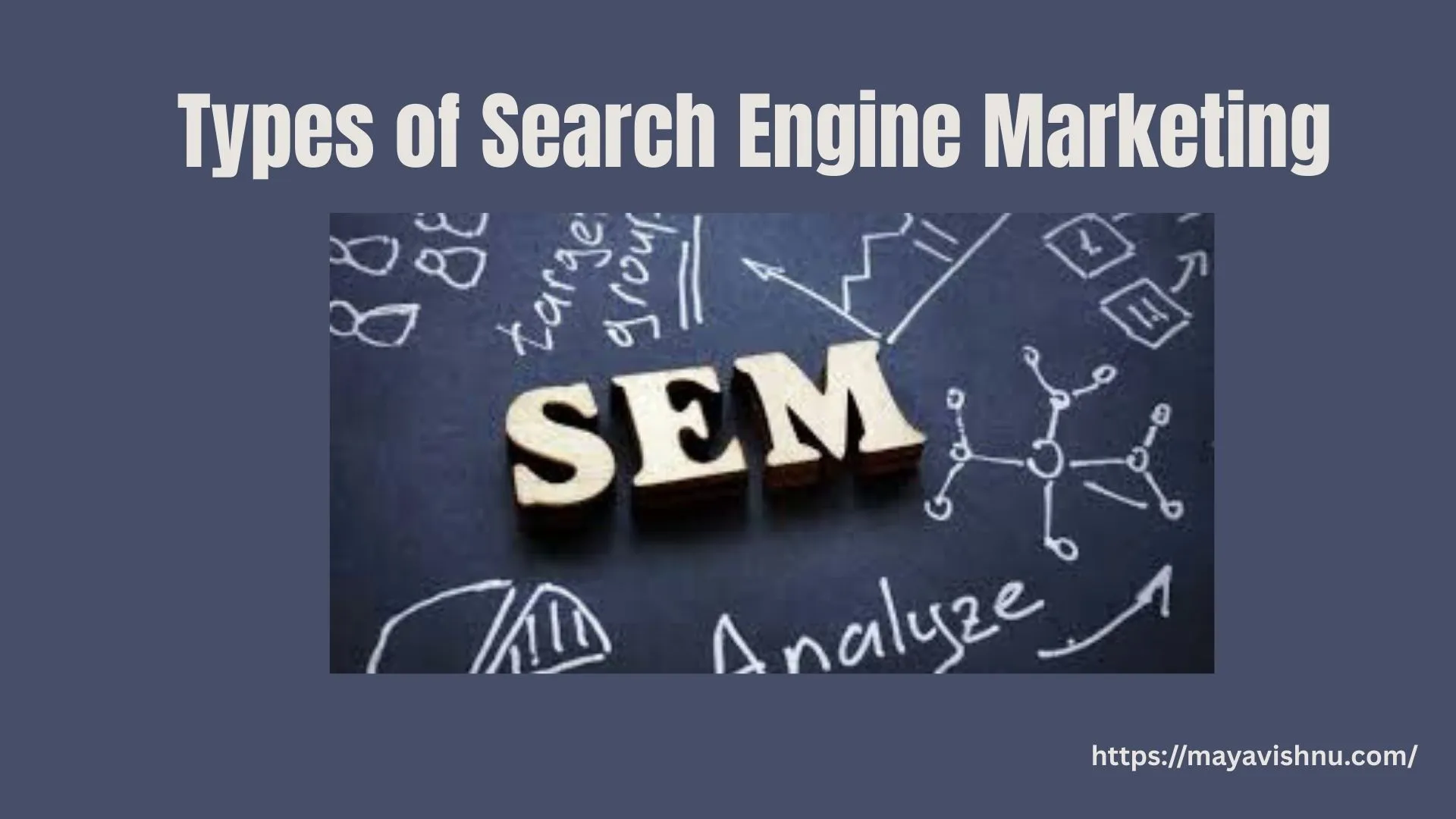

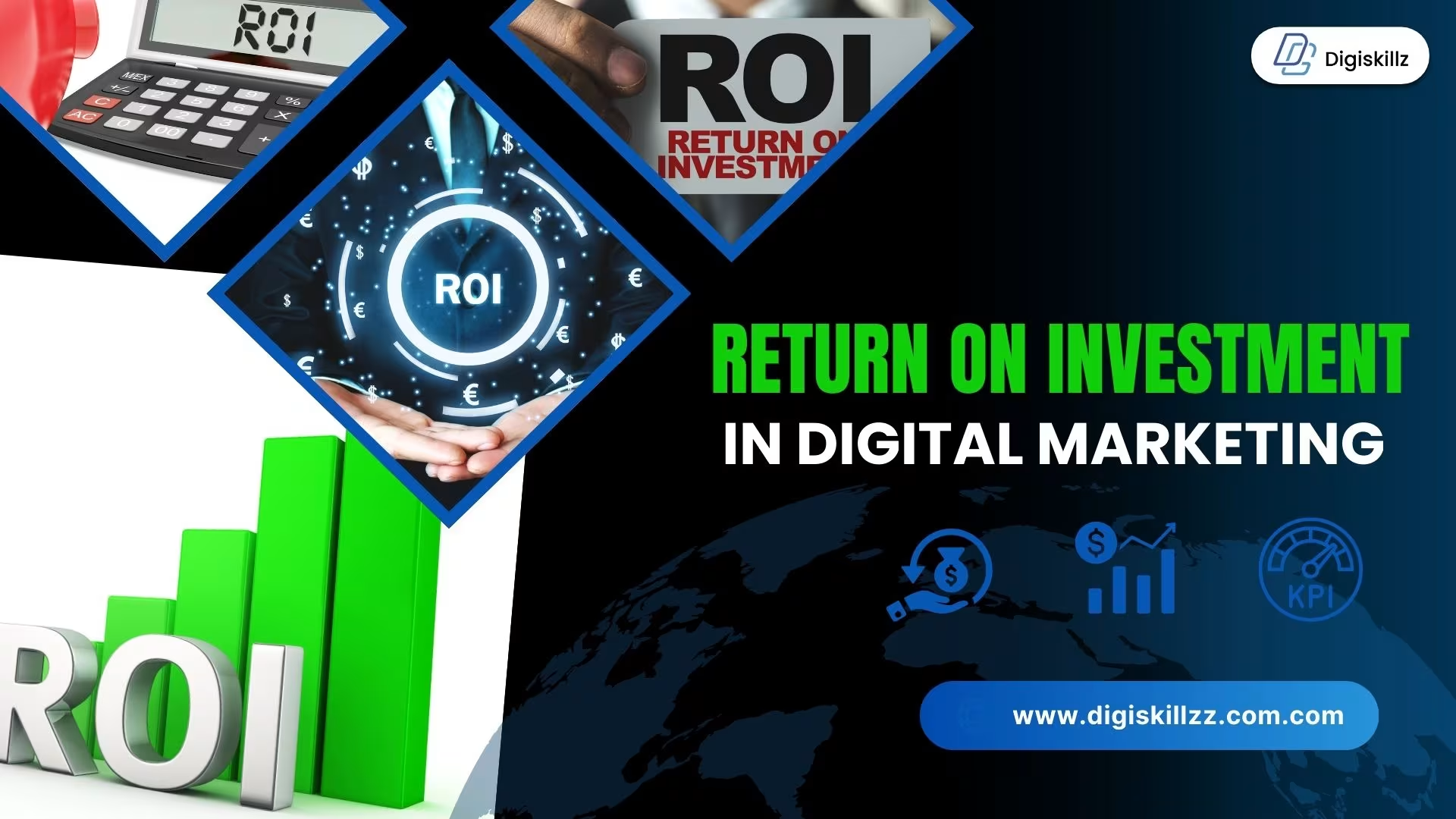
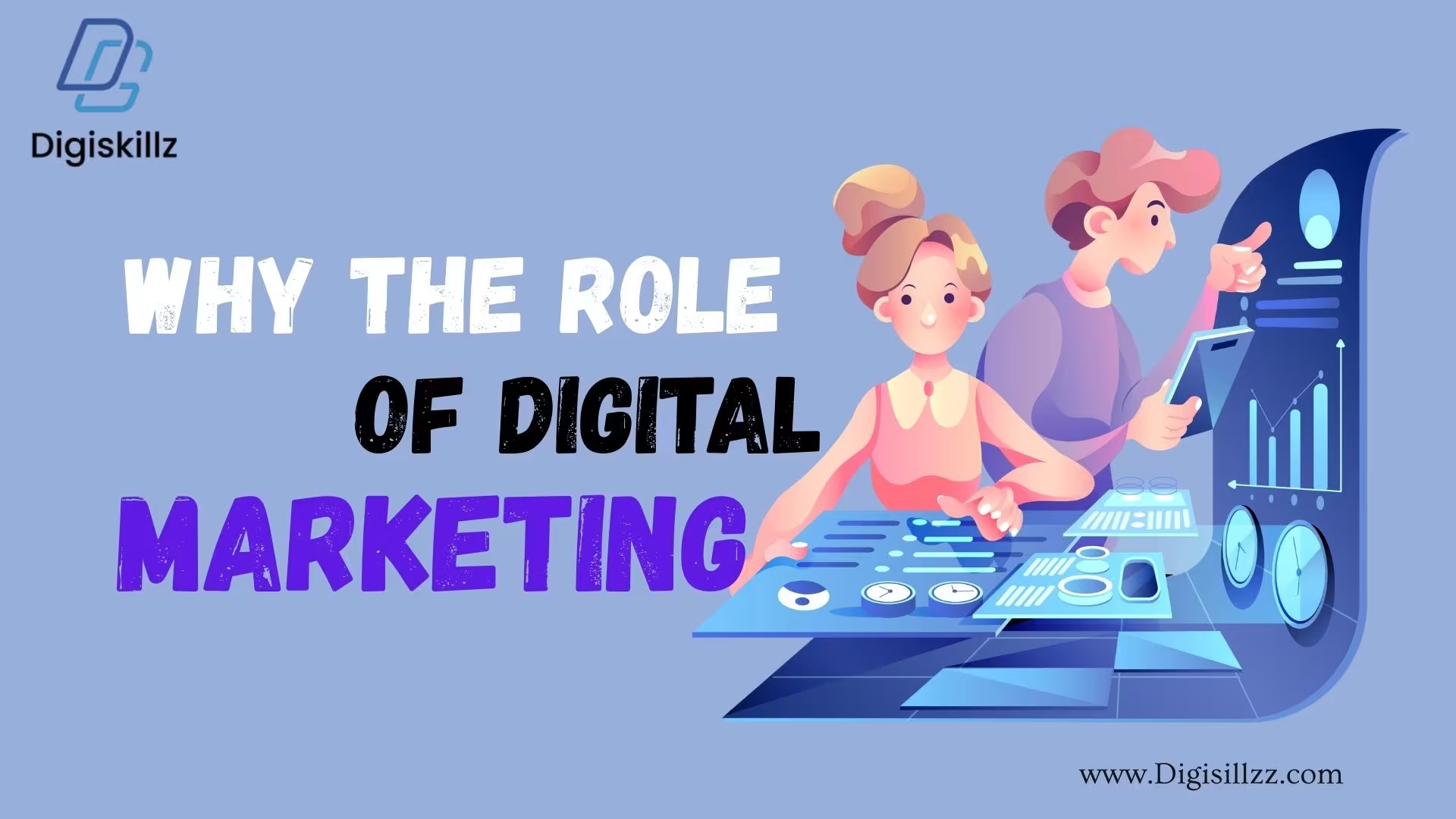
Leave A Comment